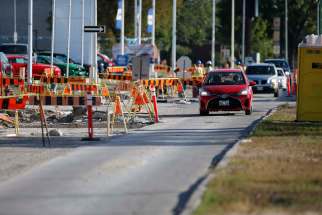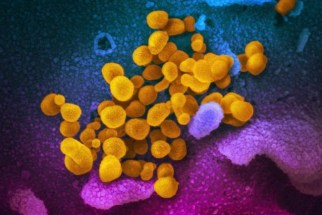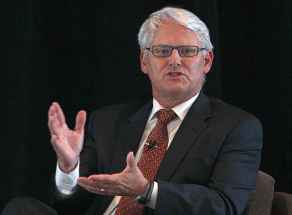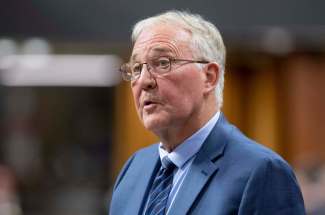Panicking will only make coronavirus problem worse
Read this article for free:
or
Already have an account? Log in here »
To continue reading, please subscribe:
Monthly Digital Subscription
$0 for the first 4 weeks*
- Enjoy unlimited reading on winnipegfreepress.com
- Read the E-Edition, our digital replica newspaper
- Access News Break, our award-winning app
- Play interactive puzzles
*No charge for 4 weeks then price increases to the regular rate of $19.00 plus GST every four weeks. Offer available to new and qualified returning subscribers only. Cancel any time.
Monthly Digital Subscription
$4.75/week*
- Enjoy unlimited reading on winnipegfreepress.com
- Read the E-Edition, our digital replica newspaper
- Access News Break, our award-winning app
- Play interactive puzzles
*Billed as $19 plus GST every four weeks. Cancel any time.
To continue reading, please subscribe:
Add Free Press access to your Brandon Sun subscription for only an additional
$1 for the first 4 weeks*
*Your next subscription payment will increase by $1.00 and you will be charged $16.99 plus GST for four weeks. After four weeks, your payment will increase to $23.99 plus GST every four weeks.
Read unlimited articles for free today:
or
Already have an account? Log in here »
Hey there, time traveller!
This article was published 03/03/2020 (2109 days ago), so information in it may no longer be current.
When the spread of misinformation, panic, and fear during an epidemic becomes more difficult to control than the virus itself, it can make the job of containing an infectious disease a lot tougher.
That’s the challenge facing World Health Organization officials, whose focus on science and evidence-based decision-making to fight the novel coronavirus has not always been well received.
With almost daily reports of new travel restrictions and trading disruptions brought in by various countries, hoarding of medical equipment, closing of schools and other facilities and cancellations of large gatherings – which are often not based on well-established public health principles – it’s easy to see why some WHO officials are showing signs of frustration.
“We’re not the ones trying to scaremonger here,” said Dr. Michael J. Ryan, executive director of the WHO’s health emergencies program, replying to a question Monday during the organization’s daily briefing. “We’re trying to be realistic, we’re trying to be balanced, we’re trying to get across the right message, (and) we’re trying to tell people what they can do.”
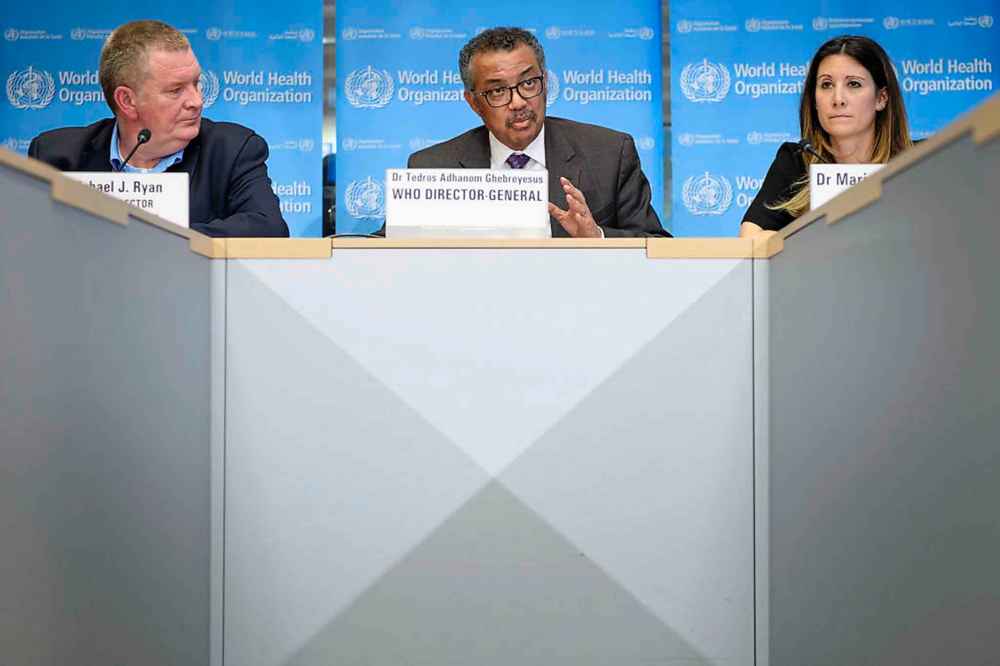
Ryan was responding to a question from a Mexican reporter regarding what she said was a lax response from many in her country to the COVID-19 disease. How does the WHO strike the right balance between effective communication and avoiding panic?
“I’ll ask you and others, what are you doing to balance that message on the international front?” Ryan shot back, perhaps responding to some of the sensational reports in recent weeks around the disease. “What’s your responsibility in this?”
How to protect yourself and others from COVID-19
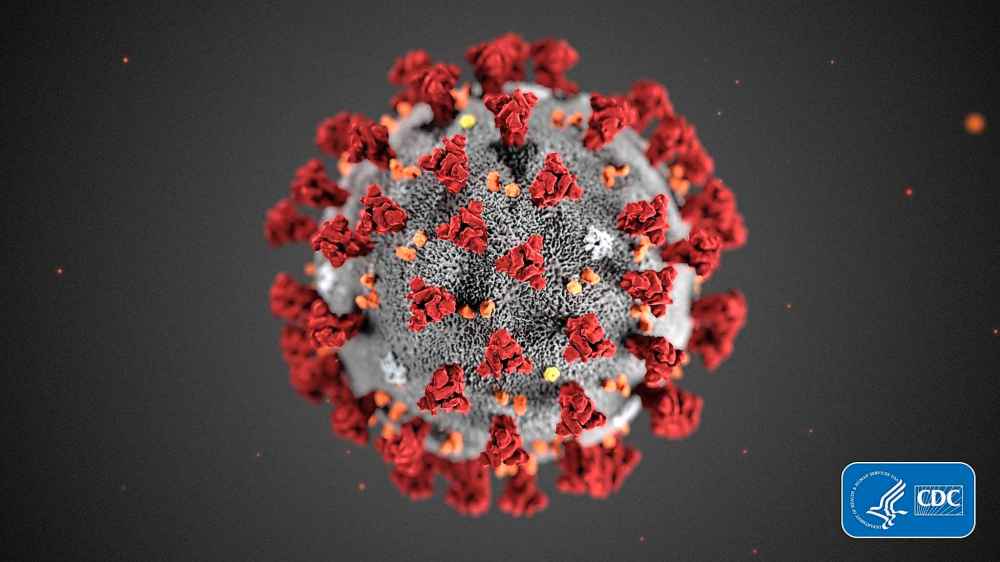
Posted:
COVID-19 is now impacting the lives of Canadians on many levels and people across the country are seeking answers to numerous important questions they have about the novel coronavirus. Below is a summary:
The central point the WHO has been trying to make all along is that not only can this virus still be controlled, it has been contained in a number of countries – not just in China. As a result of aggressive efforts to identify infected people, trace their contacts and relentlessly communicate steps individuals can take to mitigate the spread of the disease, many countries have seen rapid declines in new cases.
But that window of opportunity is closing as the virus spreads to more countries – which means countries need to do everything in their power now to apply evidence-based, public health measures to contain the spread. If they do, there’s a good chance the virus can at least be slowed, giving countries more time to prepare their health care systems and develop a vaccine, said Ryan.
That’s a tough message to get through when panic and emotion overtake reason and evidence-based decision-making. Arbitrary travel bans are a perfect example.
“Travel measures by themselves do not represent an adequate response to the spread of any infectious disease and that has increasingly been proven to be true in this event,” said Ryan during Tuesday’s briefing.
That doesn’t mean travel restrictions are never effective. But they should only be used in conjunction with other containment measures and only in countries where the virus is widespread. The reason is simple: travel and trade restrictions result in significant economic and social harm, often outweighing any benefits that may contribute to containing the virus.
It’s the same with banning large gatherings. “Social distancing” may be useful in countries where there is community transmission. But it makes no sense in countries with few, or any, confirmed cases of COVID-19, said Ryan.
It’s one of many overreactions we’re seeing in some parts of the world, many of which add to the disruption of supply chains, job losses and the possibility of a global recession. It makes fighting any infectious disease that much more difficult.
“The simplest and most straightforward of public health measures in countries, if applied aggressively and persistently over time, have shown in many countries that the disease can be brought under control.” – Dr. Michael J. Ryan
What countries should be focusing on are proven, evidence-based public health measures, including in Canada, which had 30 confirmed cases as of Tuesday (but still no deaths).
“We don’t necessarily need the kinds of measures that have been put in place in Hubei (China), because we’re not there yet in most countries,” said Ryan. “The simplest and most straightforward of public health measures in countries, if applied aggressively and persistently over time, have shown in many countries that the disease can be brought under control.”
The sooner countries begin, the more effective containment will be. But panic, misinformation, and knee-jerk reactions will only make things worse.

Tom has been covering Manitoba politics since the early 1990s and joined the Winnipeg Free Press news team in 2019.
Our newsroom depends on a growing audience of readers to power our journalism. If you are not a paid reader, please consider becoming a subscriber.
Our newsroom depends on its audience of readers to power our journalism. Thank you for your support.









